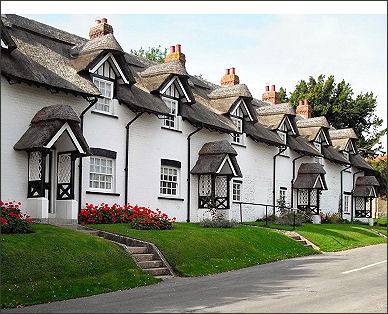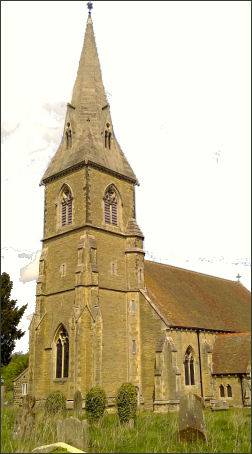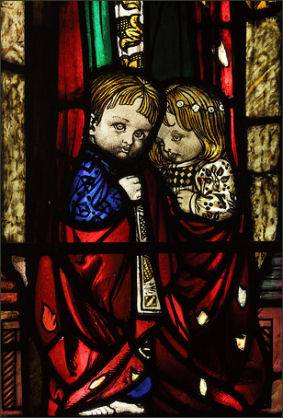Warter
OS grid reference:-
 The pretty East Riding estate village of Warter is located 4 miles (6.4 km) to the east of Pocklington and 18 miles (29 km) from the city of York. The village lies within the stunning scenery of the Yorkshire Wolds.
The pretty East Riding estate village of Warter is located 4 miles (6.4 km) to the east of Pocklington and 18 miles (29 km) from the city of York. The village lies within the stunning scenery of the Yorkshire Wolds.
The origins of Warter can be traced back to at least the twelfth century, when the Norman landowner Geoffrey Fitz Pain, granted property to establish an Augustinian monastery there.
Warter boasts much character, on the triangular village green stands a Celtic cross, the village war memorial. Along one side of the green is a terrace of attractive whitewashed cottages with thatched roofs.
Warter Priory, a former Augustine Priory, was dedicated to St James and founded in 1132 by Geoffrey Fitz-Pain. The chronicler Stephen Eyton was a canon there. The prior and canons were granted the right to host a fair on the feast of St James, which fell on July 25th, until King Edward III closed the event in 1328 due to a number of murders. The priory was dissolved in 1536 by King Henry VIII during the religious upheaval known as the Dissolution of the Monasteries.
 A handsome country House was constructed nearby in the late seventeenth century by the Pennington Family of Muncaster Castle. Originally named Warter Hall, it was renamed Warter Priory following extensive Victorian redevelopment. The house did not occupy the site of the medieval priory but stood one mile to the south-west of the village. It was demolished in 1972, the rubble was used to fill the lake in the extensive gardens.
A handsome country House was constructed nearby in the late seventeenth century by the Pennington Family of Muncaster Castle. Originally named Warter Hall, it was renamed Warter Priory following extensive Victorian redevelopment. The house did not occupy the site of the medieval priory but stood one mile to the south-west of the village. It was demolished in 1972, the rubble was used to fill the lake in the extensive gardens.
The Church of St James
The parish church of St James (pictured right) is a Grade II listed building and was built in imitation of a thirteenth century Gothic style in 1862-3 for Josslyn Francis Pennington, 5th Lord Muncaster. It is thought that the present building is the third church to occupy the site. The church is situated on a high bank across the road from the village green and stands on the site of the former priory church.
 The church boasts works by both Sir George Frampton and Robert Anning Bell. Frampton created a marble monument to Lady Isabel Wilson who was the daughter of the 7th Duke of Roxburghe.
The church boasts works by both Sir George Frampton and Robert Anning Bell. Frampton created a marble monument to Lady Isabel Wilson who was the daughter of the 7th Duke of Roxburghe.
Sir George Frampton was also the sculptor of the monument to Charles Henry Wilson who became 1st Lord Nunburnholme. There is also a small plaque by Frampton dedicated to Gerald Valerian Wilson.
The cbuilding contains stained-glass windows designed by Robert Anning Bell, one depicting Lord and Lady Nunburnholme with a border of sailing ships and the arms of the city of Kingston upon Hull and the other dedicated to Gerald Valerian Wilson, the Nunburnholme's son who died at the age of 23 in 1908. There are also several monuments and inscriptions in the church to members of the Pennington family.
In 2011, two stained glass lunette windows by Robert Anning Bell, which had been in storage since 1966, were placed in the nave of the church following restoration. They had originally been in a mausoleum built in the churchyard to house the remains of Lady Isabel Wilson, which also contained her marble effigy. One of the windows depicts Lady Isabel and her dead baby being carried to heaven by six angels watched by her husband. The other window depicts the personifications of Lady Isabel's virtues - Courage, Hope and "Love to the Death" - surrounded by child-angel musicians.
Much of the story of the village is related on display boards dotted around the churchyard.
Towns and Villages of Yorkshire
